8 Bizarre Items We Really Got From Comic Book Ads
Flip through the old comics and you’ll find ads for all kinds of mail-order oddities. The pitches were bold and involved tiny pets, “working” submarines, magic tricks—just send in a few bucks and wait by the mailbox. What actually showed up, however, was usually a letdown. The stuff was often flimsy or just strange, but those items really did get shipped out to kids across the country. Here’s a look at what people actually unpacked when the box finally arrived.
Darling Pet Monkey
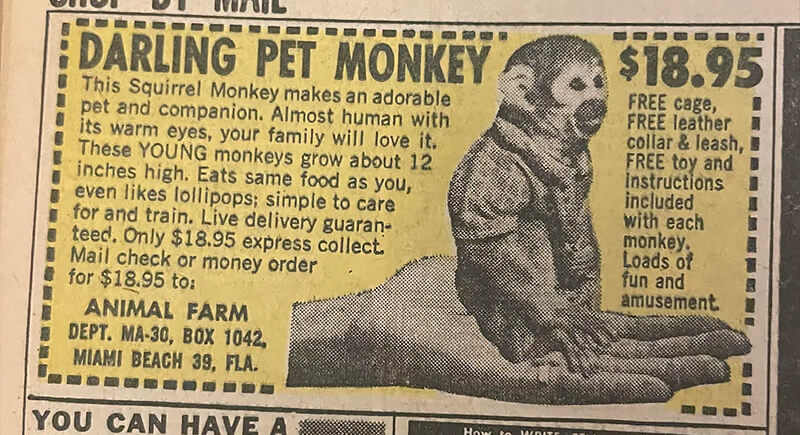
Credit: Reddit
A live squirrel monkey for under $20 seemed like the ultimate childhood prize, and the ad painted it as adorable, affectionate, and easy to care for. But the reality was less charming and more hazardous. These animals were wild and impossible to manage in a typical home. Between 1968 and 1972, over 173,000 were imported to the United States.
Polaris Nuclear Submarine
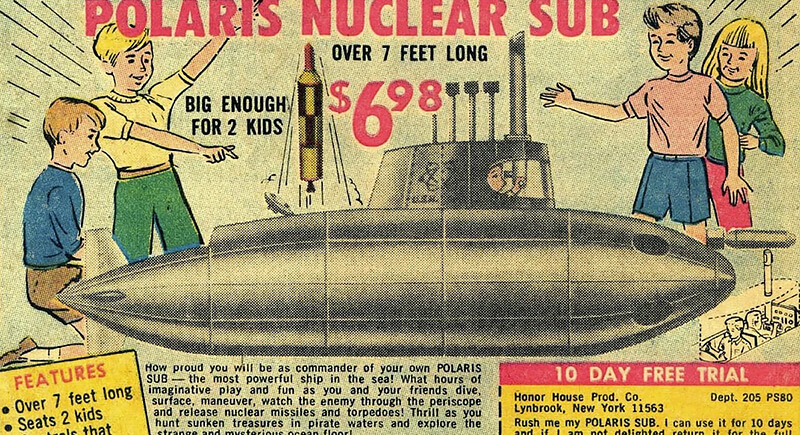
Credit: Reddit
This seven-foot-long cardboard contraption was advertised as a full-featured sub with rockets and even a periscope. While the ad showed kids inside a sturdy vessel, what arrived was a folded sheet of cardboard that barely survived a gentle breeze. It couldn’t float, it didn’t shoot anything, and any effort to play with it usually ended with soggy paper scraps. Still, it sold surprisingly well at $6.98 for the dream of underwater adventure.
U-Control 7-Foot Ghost
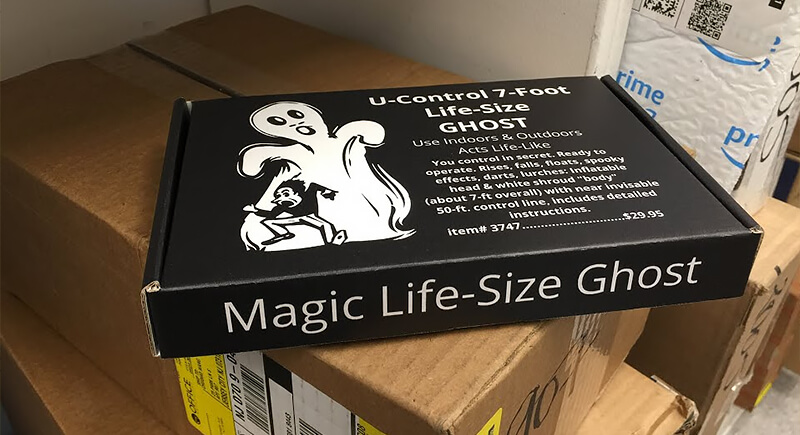
Credit: Youtube
This massive ghost was designed to float spookily and respond to your movement. Unfortunately, it was just a plastic sheet, some balloons, and string. There was no motor or remote, and the only way it moved was if someone dragged it by hand. The end result looked more like an abandoned party decoration than a terror-inducing phantom.
X-Ray Spex
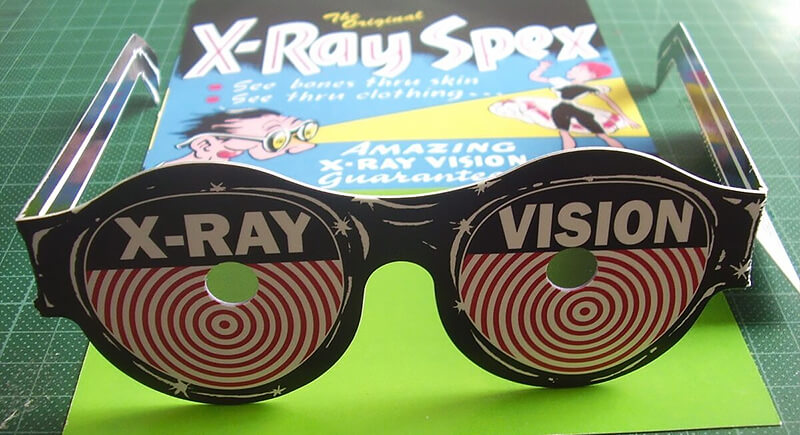
Credit: ebay
These glasses were a top seller for curious kids hoping for spy-level gear, as they promised to let wearers see through walls and clothing. Instead, the device used a simple feather between lenses to create a fuzzy double-vision effect. The barely-there illusion could make your hand look slightly strange if held just right. They were clunky and best used as a conversation piece rather than an actual optical breakthrough.
Sea Monkeys
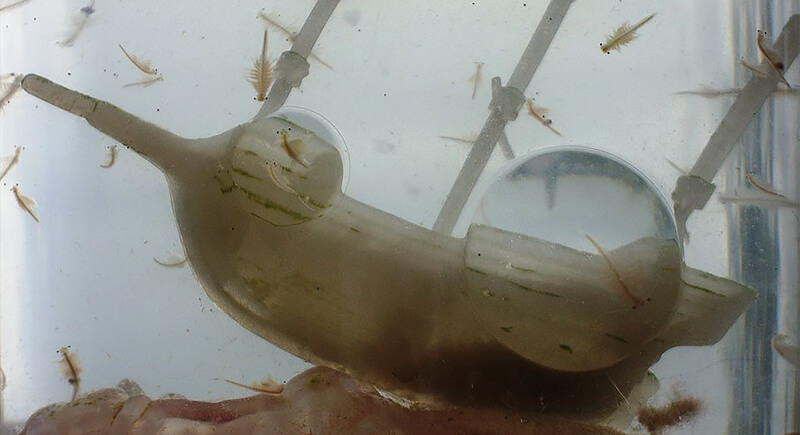
Credit: Wikipedia
Sea Monkeys sparked the imaginations of kids everywhere. Buyers expected tiny humanoid pets with distinct faces and personalities, but received brine shrimp—tiny crustaceans barely visible without a magnifying glass. Despite this, they became a cultural phenomenon and are still sold today under the same whimsical illusions.
Invisible Helmet
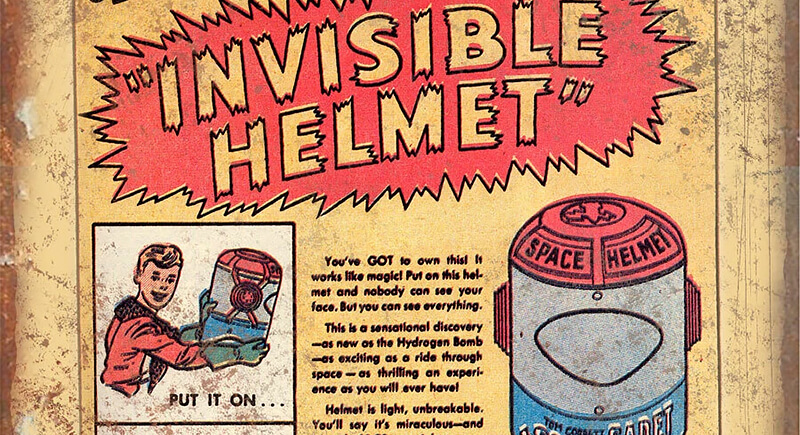
Credit: ebay
A helmet that promised to render the wearer invisible sounded futuristic and incredible, especially in a world without CGI. The item that showed up was a shiny, translucent dome that distorted light but didn’t hide anything. Visibility remained perfect from the outside, and the effect depended entirely on others pretending not to see you..
Charles Atlas Bodybuilding Course
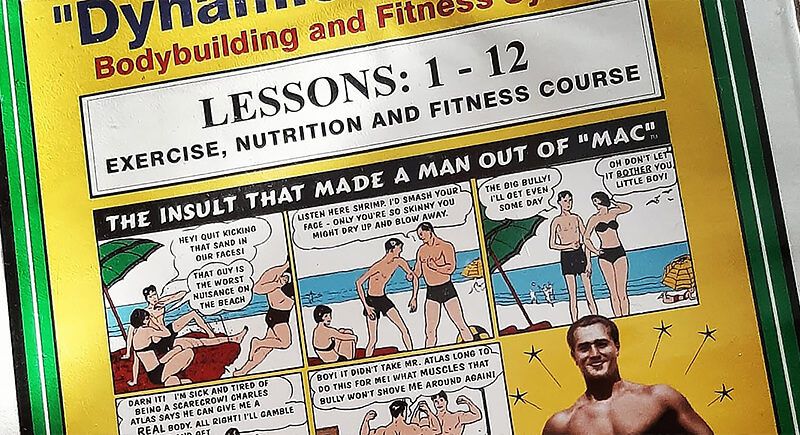
Credit: Facebook
The famous comic strip depicted a skinny teen who transformed into a muscle-bound hero after following Atlas’s dynamic tension training. In actuality, it was just a booklet of isometric exercises—flexing muscles against resistance without weights or equipment. The training was real but far from miraculous, and the transformation definitely didn’t happen “later that summer” as implied.
Snow Storm Tablets
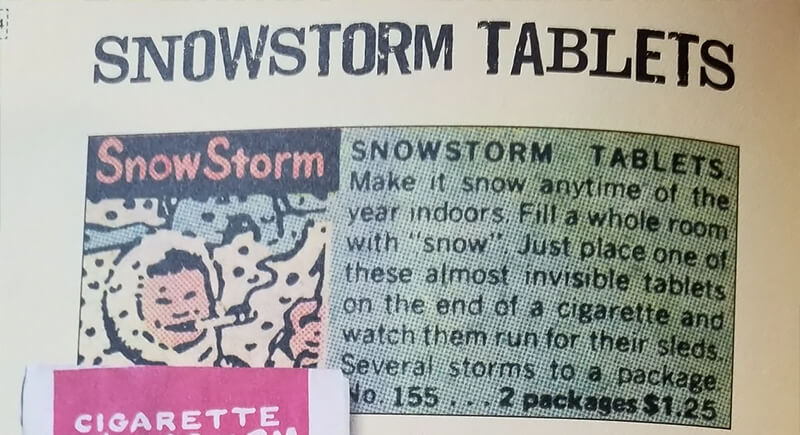
Credit: etsy
These tiny pellets were supposed to create indoor blizzards when dropped onto a lit cigarette. When kids attempted it, they only got a quick puff of white residue that resembled ash more than snow. The chemical reaction lasted seconds, and the cleanup often took longer than the effect.
Monster Posters

Credit: flickr
These posters seemed like the perfect room décor with giant, terrifying monster prints that looked like they belonged in a horror movie. When they finally arrived, buyers found black-and-white line drawings printed on flimsy, thin paper. The artwork lacked color, detail, or drama, and the size often didn’t match what was promised.
Hypno-Coin Kit

Credit: ebay
This mysterious hypnotism set claimed to help buyers control others through trance techniques and included photos demonstrating dramatic poses. It came with a coin you could spin, along with vague instructions. In practice, the effect was limited to making people dizzy or convincing them to pretend they were hypnotized. There was no real science at all.
100 Toy Soldiers
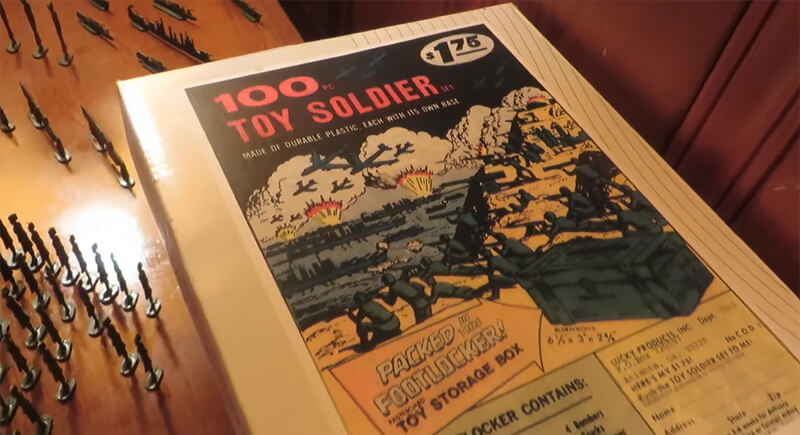
Credit: Youtube
A dollar for a hundred army men sounded like a playground jackpot. Buyers expected plastic figurines that they could pose, collect, and battle. It really was just flat green silhouettes, barely thicker than cardboard, with no detail, no paint, and no stability. They couldn’t stand on their own, had no moving parts, and snapped easily.
Build-Your-Own Lunar Module
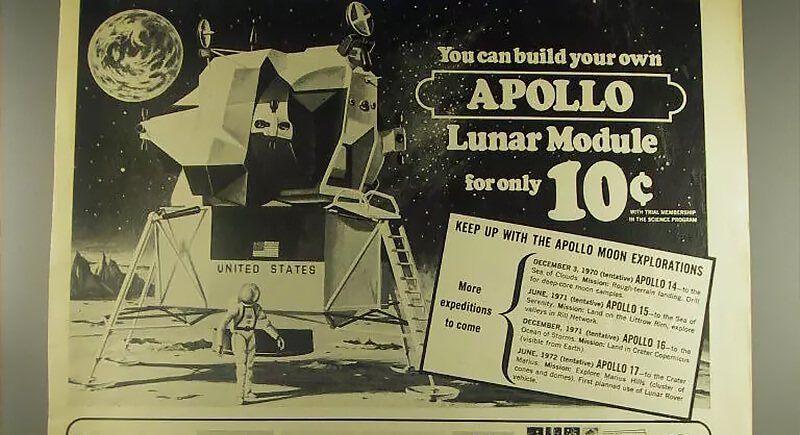
Credit: ebay
Space fever ran high during the Apollo years, and this kit offered a chance to build your own lunar lander complete with astronauts. It only cost a dime and came with a trial science club membership. As with all things that seem too good to be true, it was just a small cardboard model with no interactive parts. It looked nothing like NASA’s gear and was mostly paper-based.
Flashing Eyes Mask
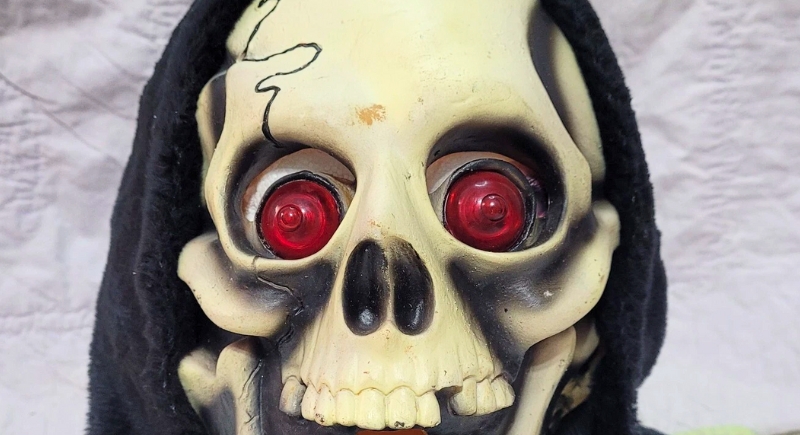
Credit: ebay
This product, designed to scare friends with glowing red lights, used a small battery pack connected to tiny bulbs. The eyes did flash, but only briefly, and often broke after a few uses. The wires were cheap, and the effect worked best in total darkness. It didn’t inspire screams so much as chuckles.
Secret Book Safe
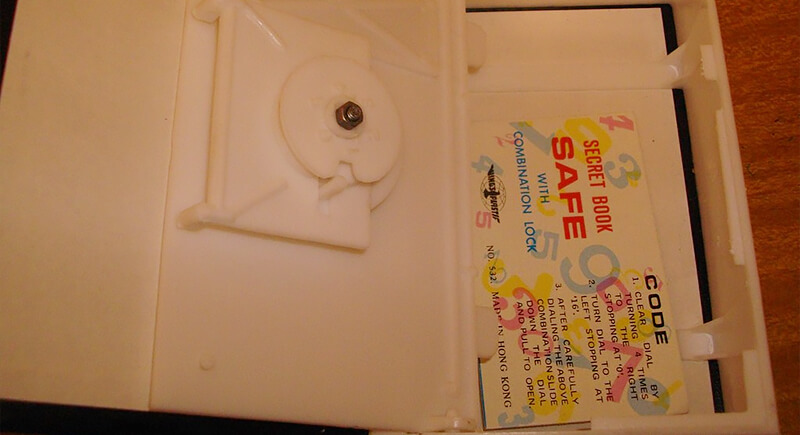
Credit: flickr
Supposedly, this was a hiding spot disguised as a real book marketed to kids who wanted a sneaky place to stash cash or valuables. The lightweight plastic box was molded in the general shape of a book, but felt clearly fake once held. It broke easily, had no lock, and didn’t blend in on any shelf.
Live Miniature Dog (Sort Of)

Credit: ebay
While the ad claimed you could receive a live miniature dog at no cost, the offer came with a major catch—you had to convince 20 people to order photo enlargements from the sponsoring company. Those who succeeded were promised a tiny pet, but reports suggest many never received one, or were sent sick animals.